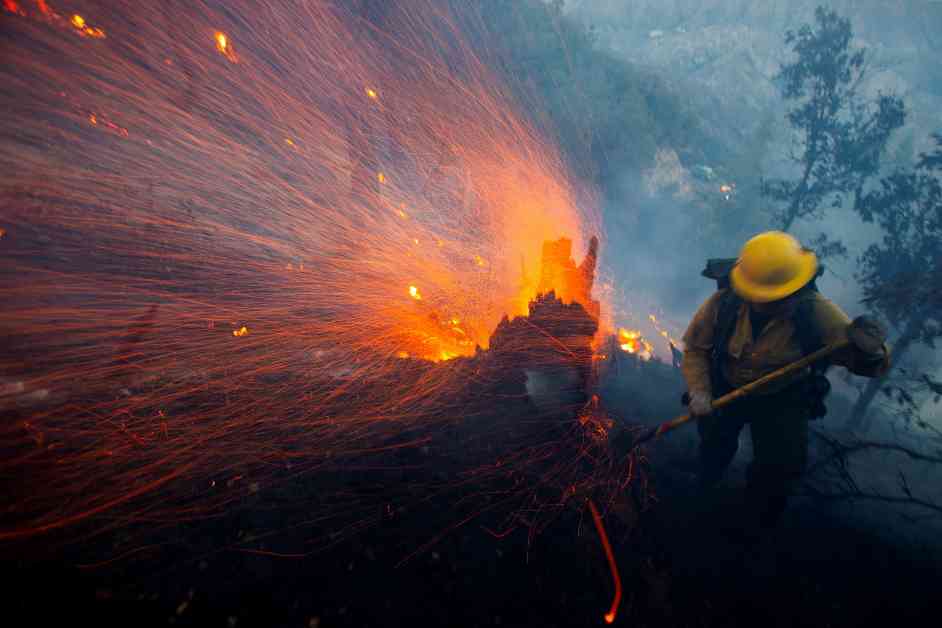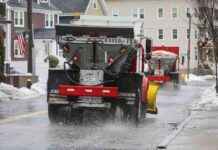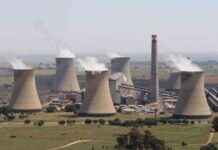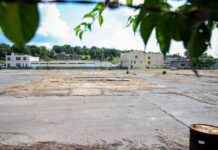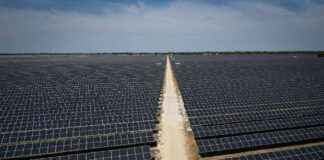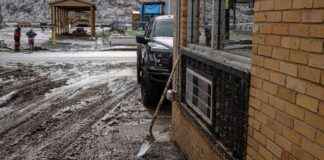Impact of Climate-Driven ‘Whiplash’ on LA Fires: Human Cost & Consequences
In a shocking turn of events, California is currently battling some of the most devastating fires in its history during what is typically considered the wet season. As of January 14, over 40,000 acres have been scorched by five major fires in and around Los Angeles, resulting in the evacuation of more than 180,000 people and the destruction of approximately 12,000 structures, primarily homes. The estimated cost of the damage could soar as high as $250-275 billion, with at least 25 lives lost and those numbers expected to rise as the fires rage on.
What Causes Hydroclimate Whiplash?
The exact triggers for these fires are still being investigated, but several factors have played a role in their rapid spread and intensity. This year, the seasonal Santa Ana winds have been exceptionally robust, bringing with them low humidity, dry air, and high wind speeds. Southern California has received less than 10% of its average rainfall since October 2024, creating parched conditions that make the region highly susceptible to fire.
The Human Impact of Hydroclimate Whiplash
The consequences of rapid shifts between extreme wet and dry conditions, known as hydroclimate whiplash, extend far beyond property damage. These cycles have profound effects on public health, economic stability, and social equity, as seen in the current crisis in California. The immediate toll includes loss of life, property, and livelihoods, with fires exacerbating respiratory and cardiovascular ailments through the smoke they produce.
Adaptation and Resilience
As climate change intensifies these extreme weather events, it is crucial to focus on both mitigation and adaptation strategies to safeguard human health, economic well-being, and social fairness. Governments and local authorities must adopt co-management approaches to address drought and flood risks, while investing in natural infrastructure to enhance biodiversity and ecosystem resilience.
In the face of such daunting challenges, individual action can also make a difference. By supporting environmental campaigns and advocating for government policies that prioritize long-term climate risks, we can collectively work towards a more prepared and resilient future.
Remember, climate change affects us all, and our actions today will shape the world we leave behind for future generations. Let’s strive to be part of the solution and build a more sustainable and secure planet for all.

